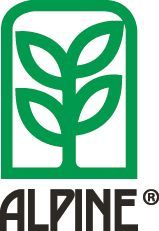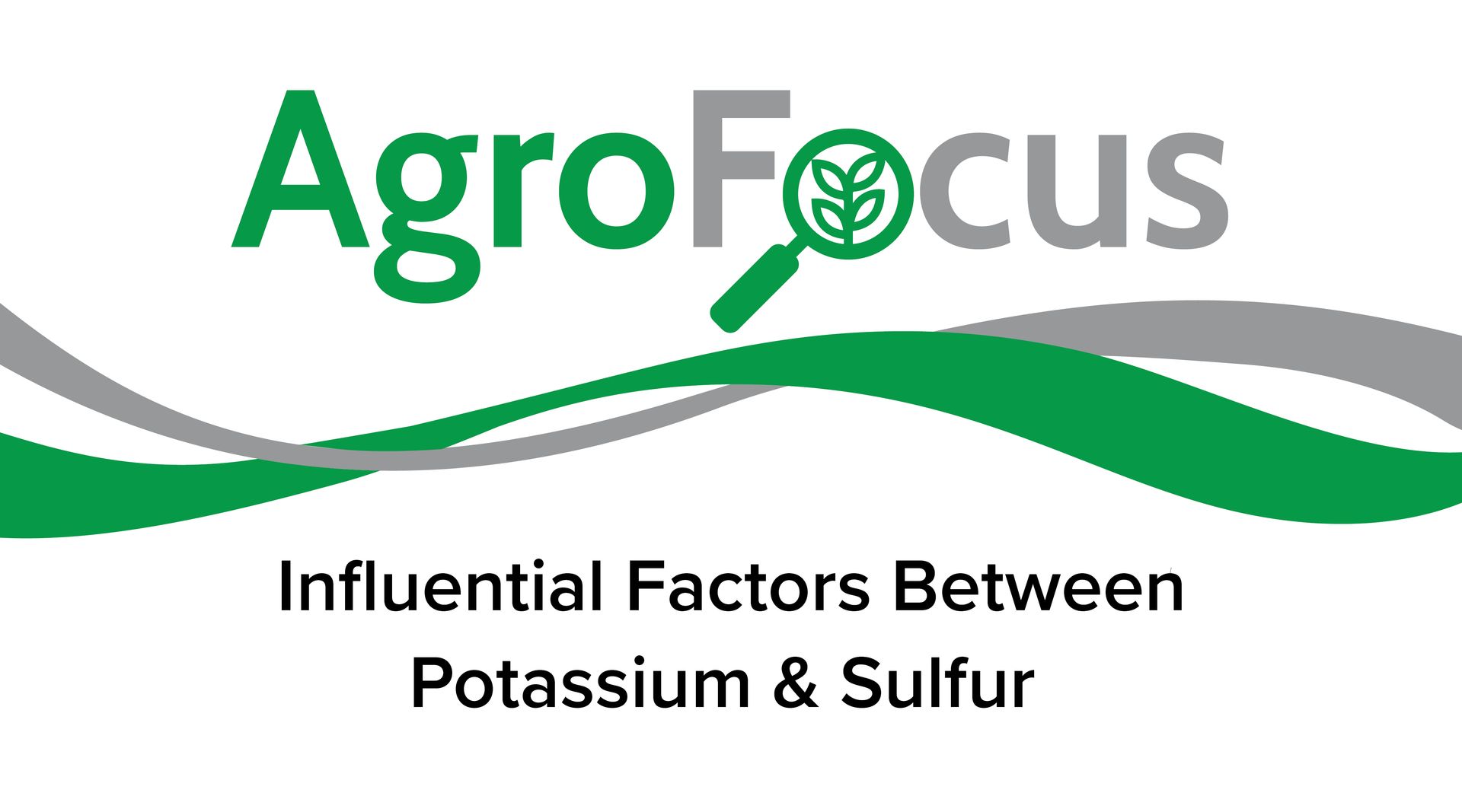Seventy Years Strong...Cool!
On April 8, 1946, Na-Churs Liquid Plant Food Company was launched in Marion, OH and was the first liquid fertility company to formulate clean, safe, and beneficial liquid plant food. Products were produced for greenhouses, nurseries, and farmers seeking to get a germination bump in cooler and wetter soils. In those 70 years, Nachurs Alpine Solutions® has grown and developed to lead the liquid fertility industry in forward thinking and innovative technologies. Not only does NACHURS® manufacture well known quality blends such as 6-24-6 and 9-18-9 that are clean, seed safe and easy to handle, the company is now leading the industry on a bold, new path. Three years ago, NACHURS launched an innovative new potassium technology called Bio-K. Bio-K is a unique combination of a traditional fertilizer salt with an organic acid. Because the carrier molecule is a natural plant metabolite (acetate), it provides the most efficient nutrient uptake over any other form of potassium available today. Using Bio-K technology results in quicker germination, improved root development and an elevated abiotic stress tolerance; this leads to better plant establishment, more vigorous growth and higher yields. More recently, NACHURS launched Aqua-Tech® and Rhyzo-Link® technologies. Aqua-Tech® provides more than just fertility; it is specifically designed for compatibility with fertigation systems, especially drip irrigation. Because of its patent-pending formulation, no other nutritional product can match its performance for plant availability and avoidance to reactions that can occur with irrigation water (i.e. hard water, high bicarbonates, pH, etc.). Rhyzo-Link® solutions combine a high quality NPK fertilizer with a pure culture, poly-microbial plant growth promoting rhizobacteria (PGPR). Plant growth promoting rhizobacteria are bacteria which grow and proliferate in the narrow region of soil that is directly influenced by root secretions, known as the rhizosphere. The PGPR available in Rhyzo-Link® are delivered to the location where they can provide the greatest good: the rhizosphere. Overloading this area with beneficial PGPR will successfully allow these known beneficial rhizobacteria to outcompete other, less beneficial bacteria for the root exudates and the chance to influence the development of the plant. In 2015, NACHURS partnered with Yara® to launch and distribute Procote. Yara’s innovative range of liquid suspension fertilizer coatings, YaraVita® PROCOTE®, ensures uniform impregnation onto dry fertilizer blends and efficient distribution of micronutrients on growing crops. Dry fertilizer plant operators and blenders will find YaraVita® PROCOTE® easy to use due to its benefits of significantly reducing dust and losses. YaraVita® PROCOTE® ensures even micronutrient supply on each fertilizer granule and enhances micronutrient efficiency, crop yield and quality. NACHURS has come a long way in 70 years. To grow and maintain its world class leadership position in the liquid fertility industry for that length of time speaks volumes. NACHURS longevity and success has spawned other organizations to enter the marketplace. I always encourage producers and retailers to learn and understand the “derived from” section on the label. Ingredients do matter. If you seek world class liquid fertilizer quality, leadership, support, and access to sales and agronomic information, talk to us. We strive to do what we say we will do and do it right. We very much appreciate all of our loyal customers across the US and internationally who use NACHURS products. Happy 70th Birthday NACHURS!-Keith Flaniken, Southern US Sales Agronomist
On April 8, 1946, Na-Churs Liquid Plant Food Company was launched in Marion, OH and was the first liquid fertility company to formulate clean, safe, and beneficial liquid plant food. Products were produced for greenhouses, nurseries, and farmers seeking to get a germination bump in cooler and wetter soils.
In those 70 years, Nachurs Alpine Solutions® has grown and developed to lead the liquid fertility industry in forward thinking and innovative technologies. Not only does NACHURS® manufacture well known quality blends such as 6-24-6 and 9-18-9 that are clean, seed safe and easy to handle, the company is now leading the industry on a bold, new path.
Three years ago, NACHURS launched an innovative new potassium technology called Bio-K. Bio-K is a unique combination of a traditional fertilizer salt with an organic acid. Because the carrier molecule is a natural plant metabolite (acetate), it provides the most efficient nutrient uptake over any other form of potassium available today. Using Bio-K technology results in quicker germination, improved root development and an elevated abiotic stress tolerance; this leads to better plant establishment, more vigorous growth and higher yields.
More recently, NACHURS launched Aqua-Tech® and Rhyzo-Link® technologies. Aqua-Tech® provides more than just fertility; it is specifically designed for compatibility with fertigation systems, especially drip irrigation. Because of its patent-pending formulation, no other nutritional product can match its performance for plant availability and avoidance to reactions that can occur with irrigation water (i.e. hard water, high bicarbonates, pH, etc.).
Rhyzo-Link® solutions combine a high quality NPK fertilizer with a pure culture, poly-microbial plant growth promoting rhizobacteria (PGPR). Plant growth promoting rhizobacteria are bacteria which grow and proliferate in the narrow region of soil that is directly influenced by root secretions, known as the rhizosphere. The PGPR available in Rhyzo-Link® are delivered to the location where they can provide the greatest good: the rhizosphere. Overloading this area with beneficial PGPR will successfully allow these known beneficial rhizobacteria to outcompete other, less beneficial bacteria for the root exudates and the chance to influence the development of the plant.
In 2015, NACHURS partnered with Yara® to launch and distribute Procote. Yara’s innovative range of liquid suspension fertilizer coatings, YaraVita® PROCOTE®, ensures uniform impregnation onto dry fertilizer blends and efficient distribution of micronutrients on growing crops. Dry fertilizer plant operators and blenders will find YaraVita® PROCOTE® easy to use due to its benefits of significantly reducing dust and losses. YaraVita® PROCOTE® ensures even micronutrient supply on each fertilizer granule and enhances micronutrient efficiency, crop yield and quality.
NACHURS has come a long way in 70 years. To grow and maintain its world class leadership position in the liquid fertility industry for that length of time speaks volumes. NACHURS longevity and success has spawned other organizations to enter the marketplace. I always encourage producers and retailers to learn and understand the “derived from” section on the label. Ingredients do matter. If you seek world class liquid fertilizer quality, leadership, support, and access to sales and agronomic information, talk to us. We strive to do what we say we will do and do it right. We very much appreciate all of our loyal customers across the US and internationally who use NACHURS products. Happy 70 th
Birthday NACHURS!
-Keith Flaniken, Southern US Sales Agronomist










